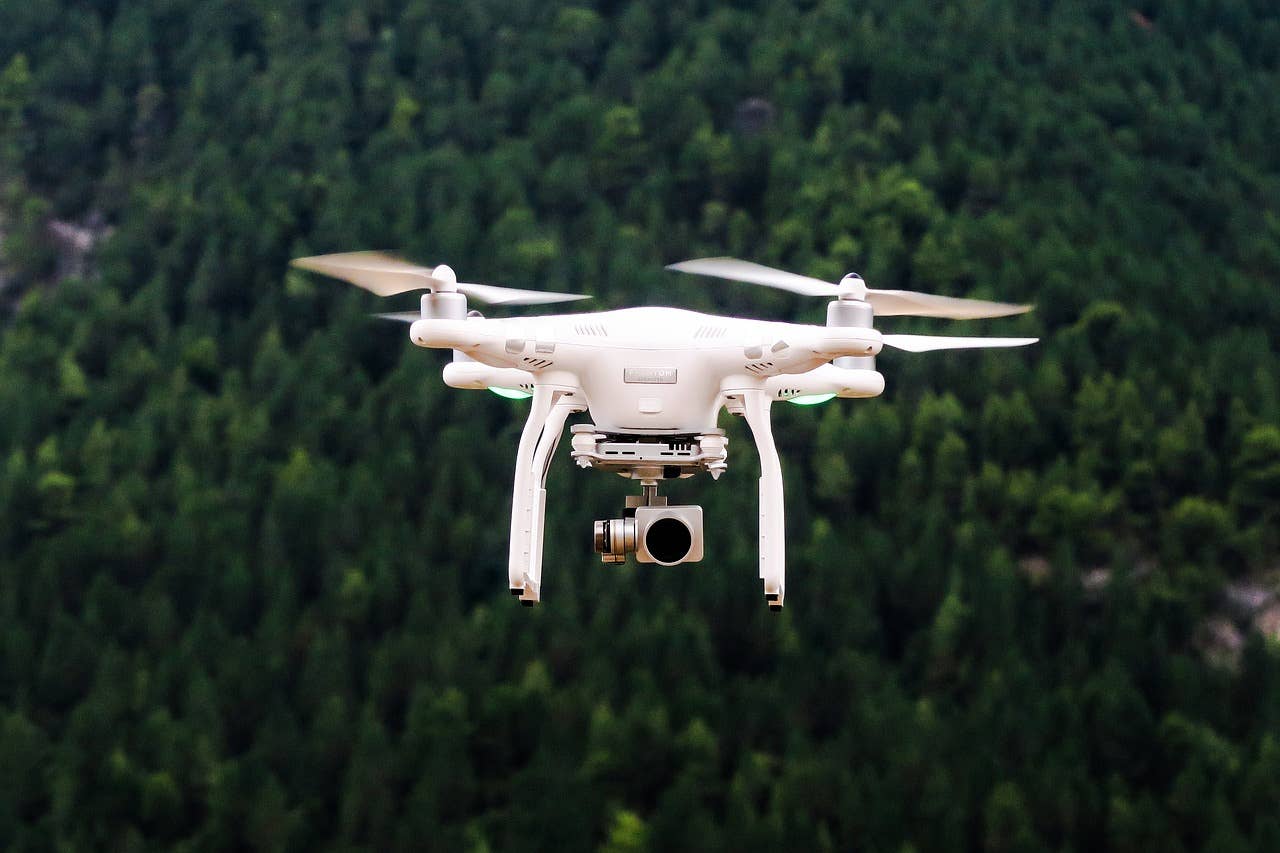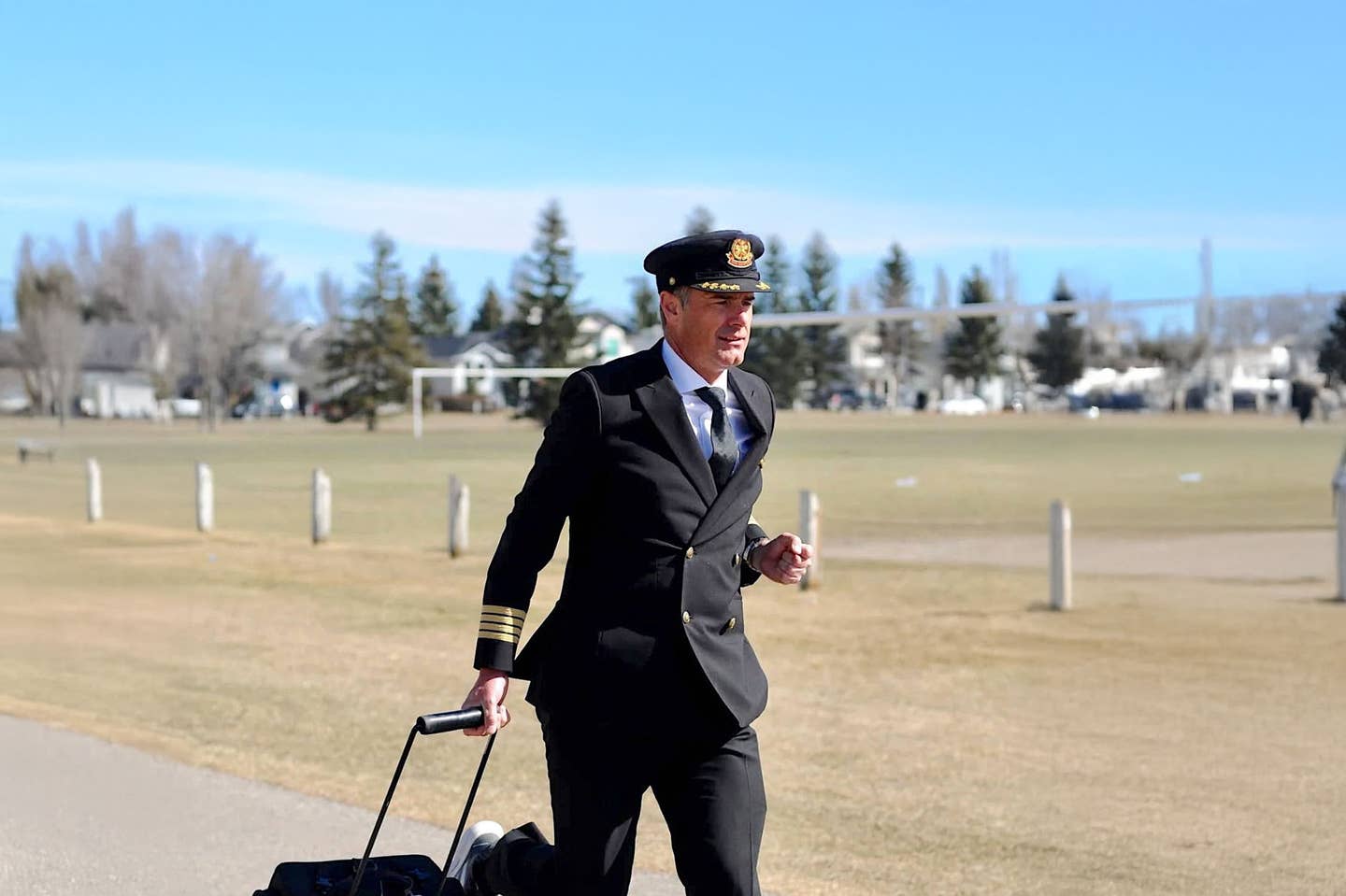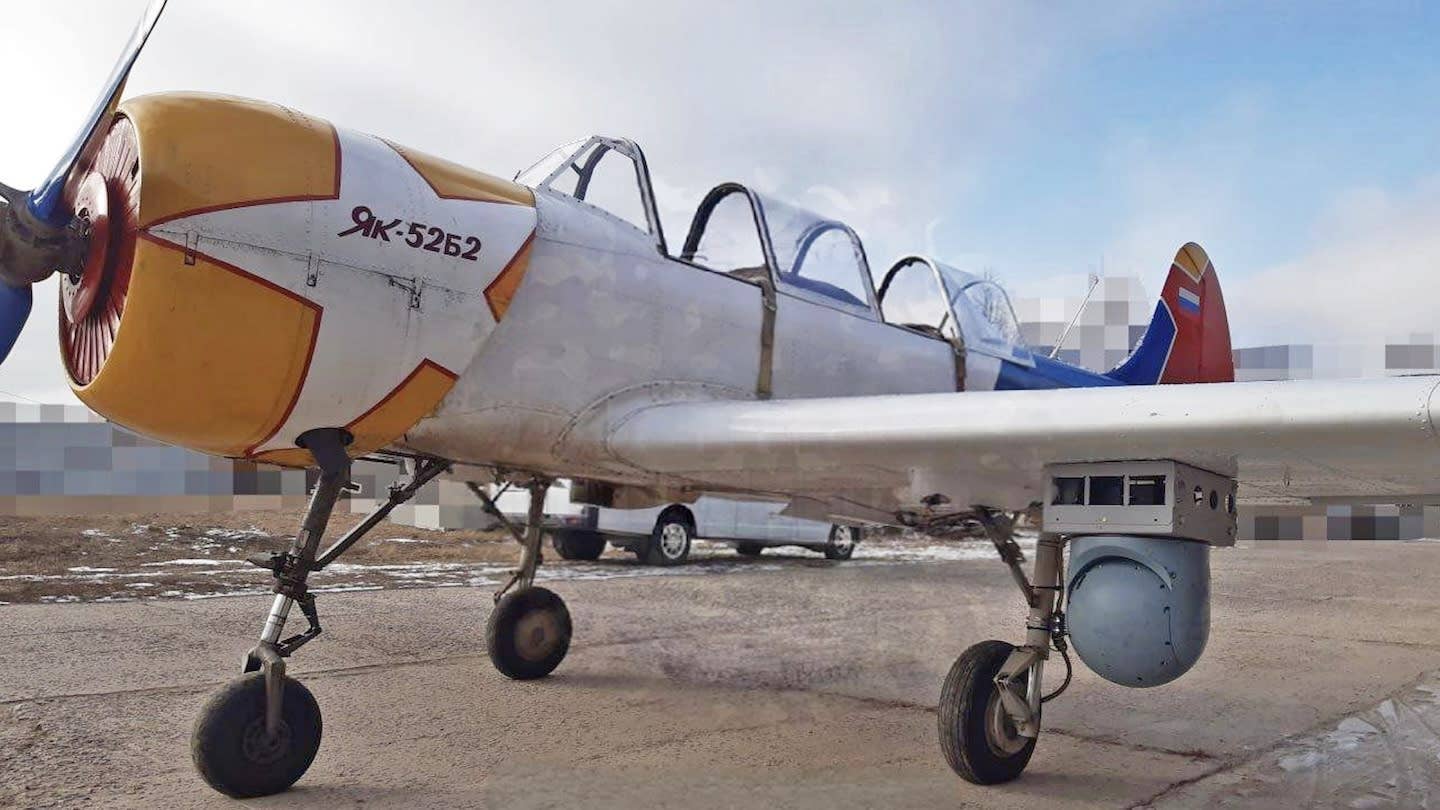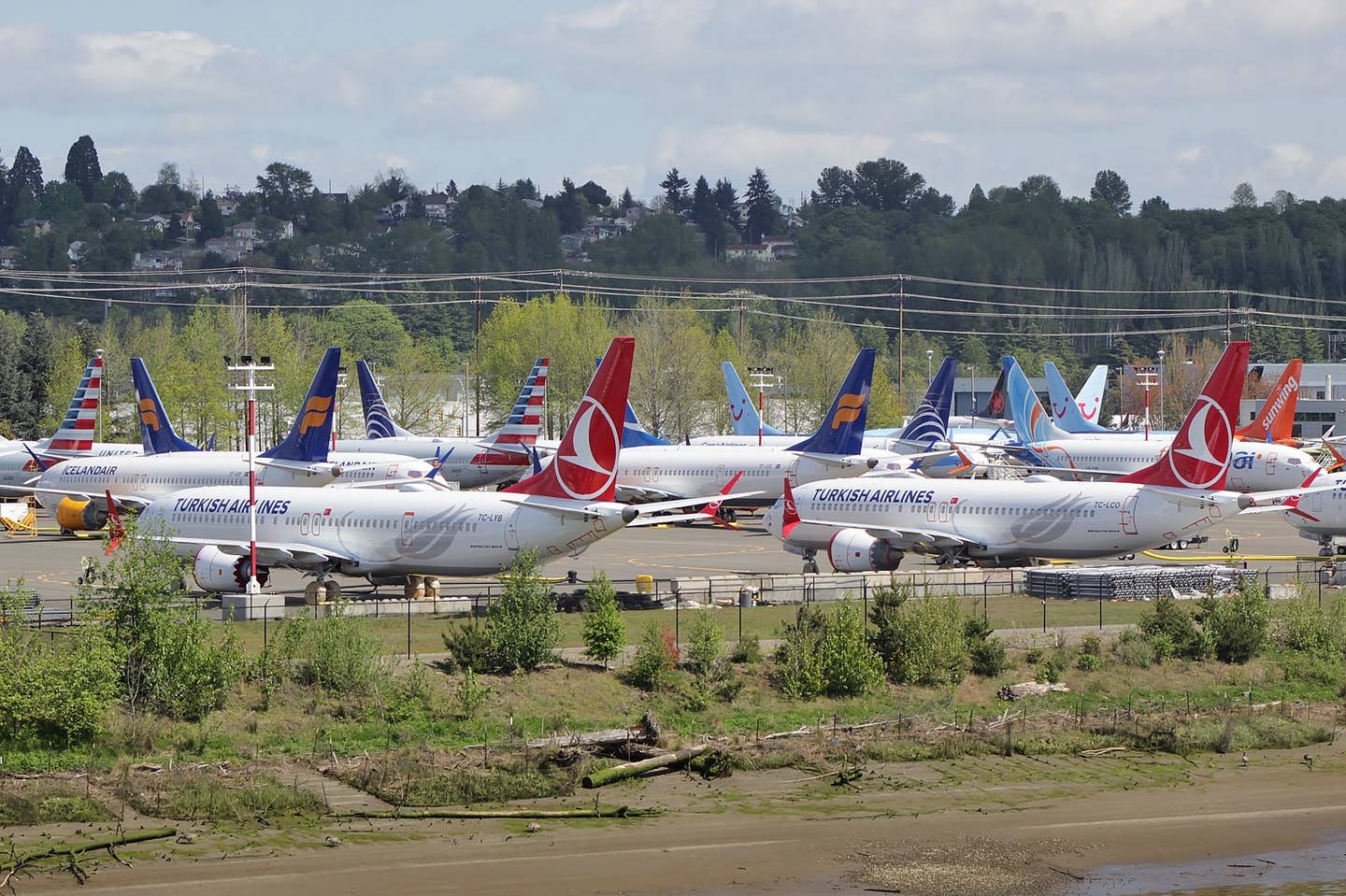FAA Proposes Rule To Require Remote Identification Of Drones
The FAA issued a proposal on Thursday for a rule that would require unmanned aircraft systems (UAS/drones) to be identifiable remotely. The Notice of Proposed Rulemaking (NPRM) suggests tying remote…

The FAA issued a proposal on Thursday for a rule that would require unmanned aircraft systems (UAS/drones) to be identifiable remotely. The Notice of Proposed Rulemaking (NPRM) suggests tying remote identification requirements to UAS registration and would allow drone identification and location information to be received by “people on the ground and other airspace users.” According to the FAA, the proposed rule would cover all drones—both recreational and commercial—operating in U.S. airspace “with very few exceptions.”
“The remote identification of unmanned aircraft systems in the airspace of the United States would address safety, national security, and law enforcement concerns regarding the further integration of these aircraft into the airspace of the United States while also enabling greater operational capabilities,” the agency said in the “unpublished” version of the NPRM (PDF). “This is an important building block in the unmanned traffic management ecosystem.”
While the FAA says the UAS remote identification equipment would provide information “similar to how ADS-B and transponders provide identifying information for manned aircraft,” the proposed rule would prohibit ADS-B Out and transponder use by drones due to concerns over “the lack of infrastructure for these technologies at lower altitudes and the potential saturation of [the] available radio frequency spectrum.” The rule would also require UAS owners who currently use a single registration number for multiple drones to register each one individually. The NPRM is scheduled to be officially published in the Federal Register on Dec. 31, after which it will be open for public comment for 60 days.






